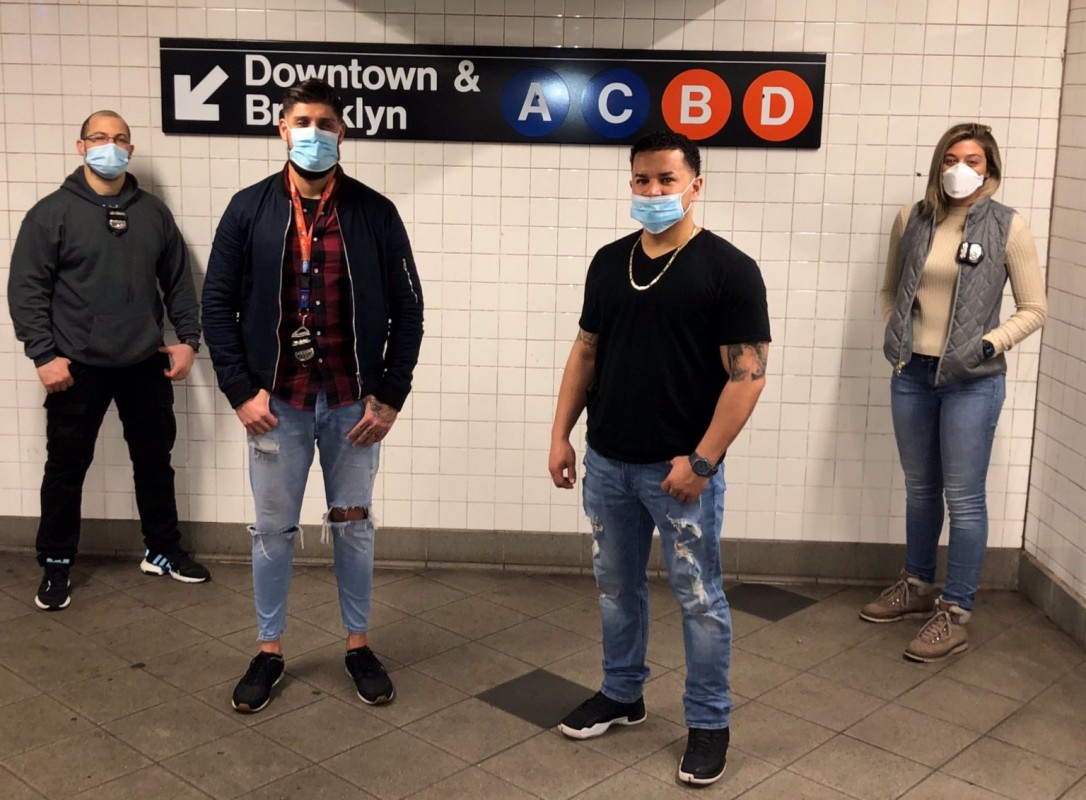As opioid overdoses continue to rise in Toronto, and across Canada, over a thousand police officers in the city are being equipped with naloxone, an overdose-reversal medication.
According to a release published by the Toronto Police Service (TPS) on July 5, 1,034 police officers are being equipped with naloxone on their utility belt. Officers receiving the medication will include those in specialised groups (including the Drug Squad and the city's Emergency Task Force), as well as all supervising officers and sergeants in the city. The number of officers being provided naloxone seems likely to increase in the future, as the TPS describe this week’s provision as the “first phase of deployment”.
Naloxone is a life-saving medication, included on the World Health Organisation’s List of Essential Medicines, which works by discharging the opioid out of brain receptors, reversing any respiratory depression that the drug had induced. It is cheap to produce and has no potential for misuse. Emergency health workers already carry naloxone in Toronto.
This development has been triggered by a rise in opioid overdoses in Toronto, according to the TPS’ Inspector Paul MacIntyre.
“A phased rollout [of naloxone] assists in alleviating public and officer concerns regarding opioid safety issues, particularly in neighbourhoods surrounding supervised consumption sites,” MacIntyre explained. “Our calls for service regarding overdoses are up, year-to-date, from 903 in 2017 to 1,024 this year. It’s important we provide our members with this lifesaving drug until medical assistance is available.”
There are at least four supervised consumption sites (also known as drug consumption rooms – DCRs) operating in Toronto. These facilities, alongside increased naloxone access, are part of an increasingly prevalent harm reduction approach in Canada's attempt to tackle the overdose crisis. No one has ever died of an overdose in a DCR, as they allow people to use drugs in the presence of trained medical professionals.
Toronto’s DCRs have been deliberately located in neighbourhoods where “drug use is already having an impact on the community”, the local government has said. Therefore, by providing naloxone to police officers working within the vicinity of DCRs, TPS are further improving the potential health outcomes for people who are at risk of opioid overdose.
Data from the health department of the Ontario province, of which Toronto is the capital city, shows a considerable recent increase in opioid-related deaths. In the Toronto Central area, the rate of opioid-related deaths was 76 per one million people in July 2017 – a 90 per cent increase compared to the rate five years earlier.
Nationally, there were around 4,000 opioid-related deaths in Canada in 2017, an increase from around 3,000 in 2016. An estimated 72 per cent of last year’s deaths were attributed to fentanyl – a highly potent opioid.


